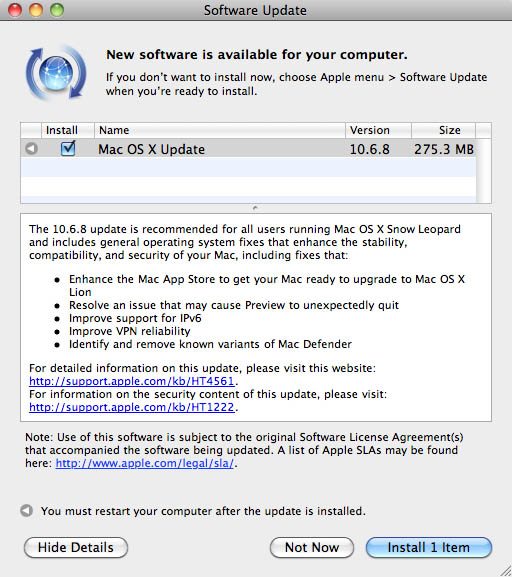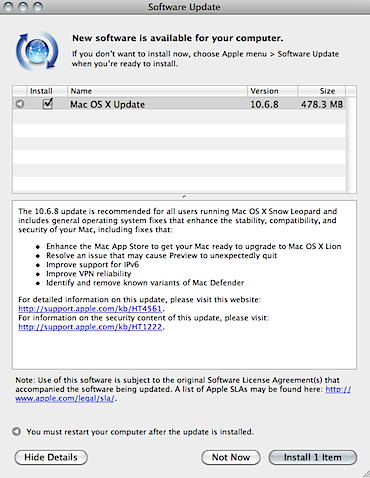An online Angel Number calculator to identify the Doreen virtue number sequence for a person. Enter your name and choose the date of birth, to view your angel number.
Doreen Virtue Number Sequence

2.1 x 10 6: 8.4 x 10 6: 5: 5: 8–15: T-175: 159910; 159920: 175: 4.9 x 10 6: 23.3 x 10 6: 17: 17: 35–53: T-225: 159934; 159933: 225: 6.3 x 10 6: 30 x 10 6: 22: 22: 45–68.Seeding density is given for each culture vessel type as follows: Dishes and Flasks: Cells per vessel; Culture plates: Cells per well. †The number of cells on a. Florida Drivers License Generator. Enter the information below and we will attempt to determine your Driver License number. All Information Is Required! To see the the reverse of this, run Florida Drivers License Decoder. Also see Wisconsin Drivers License Generator/Decoder. Now available - Versi n en espa ol de la Florida Generador de. The model name and serial number appear on the right: Other solutions Look on the outside of your Mac, or check the original packaging, receipt, or invoice as described on the product-ID page for MacBook Pro, MacBook Air, MacBook, iMac, Mac mini, or Mac Pro.
An online Angel Number calculator to identify the Doreen virtue number sequence for a person. Enter your name and choose the date of birth, to view your angel number.
Angel numbers are the most common way your angels try to communicate with you. The number delivers a specific messages through certain numbers or number sequences. This communication most often manifests in a series of repeat numbers or a series of synchronistic numbers. Using this Angel Number Calculator you could also see the messages, Doreen Virtue Number sequence and its meaning. Your angels often communicate messages to you by showing you sequences of numbers. Its always interesting to know what destiny holds for us. Use this fun angel number calculator and read the message of your angels.

Related Calculators:
Top Calculators
Popular Calculators
Top Categories

Basic Math: Scientific Notation |
Numbers 10.6.8 Version

In this section, you will occasionally be asked to answer some questions. Whenever a problem set is given, you should answer the questions on a separate sheet of paper and then verify your answers by clicking on 'Answers.' The first thing to learn is how to convert numbers back and forth between scientific notation and ordinary decimal notation. The expression '10n', where n is a whole number, simply means '10 raised to the nth power,' or in other words, a number gotten by using 10 as a factor n times: 108 = 10 x 10 x 10 x 10 x 10 x 10 x 10 x 10 = 100,000,000 (8 zeros) Notice that the number of zeros in the ordinary decimal expression is exactly equal to the power to which 10 is raised. If the number is expressed in words, first write it down as an ordinary decimal number and then convert. Thus, 'ten million' becomes 10,000,000. There are seven zeros, so in powers of ten notation ten million is written 107. A number which is some power of 1/10 can also be expressed easily in scientific notation. By definition, More generally, the expression '10-n' (where n is a whole number) means ( 1/10 )n. Thus 10-8 = ( 1 / 10 )8 = 1/100,000,000 Scientific notation was invented to help scientists (and science students!)deal with very large and very small numbers, without getting lost in all the zeros. Now answer the following on a separate sheet of paper and check your answers by clicking on 'Answers': Express 1-6 in scientific notation, and 7-10 in ordinary notation:
What about numbers that are not exact powers on ten, such as 2000, 0.0003, etc.? Actually, they are only a little more complicated to write down than powers of ten. Take 2000 as an example: As another example, take 0.00003, or 'three ten-thousandths': There is a simple procedure for getting a decimal number into the 'standard form' for scientific notation: First, write down the number as the number itself times 100. This can be done because 100 equals one, and any number times one equals that number. The number is now in the standard form: Second, start moving the decimal point in the coefficient to the right or left. For each place you move the decimal place to the left, add 1 to the exponent. For each place you move it to the right, subtract 1 from the exponent. What you are doing is dividing (or multiplying) the coefficient by 10 each time, while at the same time multiplying (or dividing) the exponent term by 10 each time. Since what you do to the exponent term undoes what you do to the coefficient, the total number does not change. Some examples will hopefully make it clear: 0.0003 = 0.0003 x 100= 0.003 x 10-1 = 0.03 x 10-2 = 0.3 x 10-3= 3 x 10-4 You should move the decimal point until there is exactly one nonzero digit to the left of the decimal point, as in the last case of each example given. We then say that the number is fully in the standard form. You should always express scientific notation numbers in the standard form. Notice that you don't really have to write down each of the steps above; it is enough to count the number of places to move the decimal point and use that number to add or subtract from the exponent. Some examples: 0.000035 = 3.5 x 10-5 5 places to the right 0.00000001 = 1 x 10-8 = 10-8 8 places to the right Express 1-6 in scientific notation, and 7-10 in ordinry notation:
The most difficult kind of calculation that can be done with numbers expressed in scientific notation turns out to be addition or subtraction. Multiplication, division, and raising to powers is actually easier. So, we'll deal with these first. The rule for multiplying two numbers expressed in scientific notation has three steps:
Examples: (2 x 10-5) x (2.5 x 108) = ( 2 x 2.5 ) x ( 10-5+ 8 ) = 5 x 103 (3 x 10-7) x (3 x 10-8) = ( 3 x 3 ) x ( 10 -7 + (-8) ) = 9 x 10-15 (4 x 107) x (3 x 105) = ( 4 x 3 ) x ( 10 7 + 5 ) = 12 x 1012= 1.2 x 1013 The steps for division are similar:
Some examples: (9 x 108) / (3 x 10-5) = ( 9 / 3 ) x ( 10 8 - (-5) ) = 3 x ( 10 8 + 5 ) = 3 x 1013 (5 x 103) / (2 x 107) = ( 5 / 2 ) x ( 10 3 - 7 ) = 2.5 x 10-4 (2 x 105) / (4 x 102) = ( 2 / 4 ) x ( 10 5 - 2 ) = 0.5 x 103= 5 x 102 If you are given a number in scientific notation to raise to a power, remember that all this means is that it is used as a factor that many times. Simply write the number down as many times as the power to which it is to be raised, and use the rules for multiplication repeatedly. Example: (2 x 105)3 = ( 2 x 2 x 2 ) x ( 105 x 105 x 105) (2 x 105)3 = 8 x ( 10 5 + 5 + 5 ) = 8 x 1015 In a situation where you have to raise things to a power and do multiplication or division, always finish raising to the power first, then do the other operation.l Example: (2 x 2 x 2) x (109 x 109 x 109) / (6 x 6) x (10-2 x 10-2) (8 x 10 9 + 9 +9) / (36 x 10 -2 -2) (8 x 1027)/ (36 x 10-4) (8/36) x (10 27 - (-4)) 0.22 x 10 31 = 2.2 x 10 30 Calculate the following:
Addition and subtraction are a little more involved. There are four basic steps:
Examples: The algebraically smallest exponent is -7, so we change the second term: 2 x 10-7 = 0.2 x 10-6 The exponents are now the same (3 x 10-6) - (0.2 x 10-6) = ( 3 - 0.2 ) x 10-6 = 2.8 x 10-6 b) (9.39 x 105) + (8 x 103) = (9.39 x 105) + (0.08 x 105) = 9.47 x 105 In situations where addition and subtraction are mixed with multiplication and division, do the multiplication and division first, then do the addition and subtraction. And don't forget that raising things to powers always takes priority over multiplication and division! Examples: (5 x 3) x (106 x10-3) + (2.2 x 105) (15 x 106-3) + (2.2 x 105) (15 x 103) + (2.2 x 105) (0.15 x 105) + (2.2 x 105) 2.4 x 105 b) (6.3 x 103) - (4 x 104)3 / (8 x 105)2 (6.3 x 103) - (4 x 4 x 4 x 104 x 104 x 104) / (8 x 8 x 105 x 105) (6.3 x 103) - (64 x 1012) / (64 x 1010) (6.3 x 103) - ( (64 / 64) x 10 12 - 10 ) ) (6.3 x 103) - (1 x 102) (6.3 x 103) - (0.1 x 103) 6.2 x 103 Calculate the following:
| ||||||||||||||||||||||||||||||||||||
Updated 8/26/99By James E. HeathCopyright Ó 1999 Austin Community College |
Numbers 10.6.8 Explained
